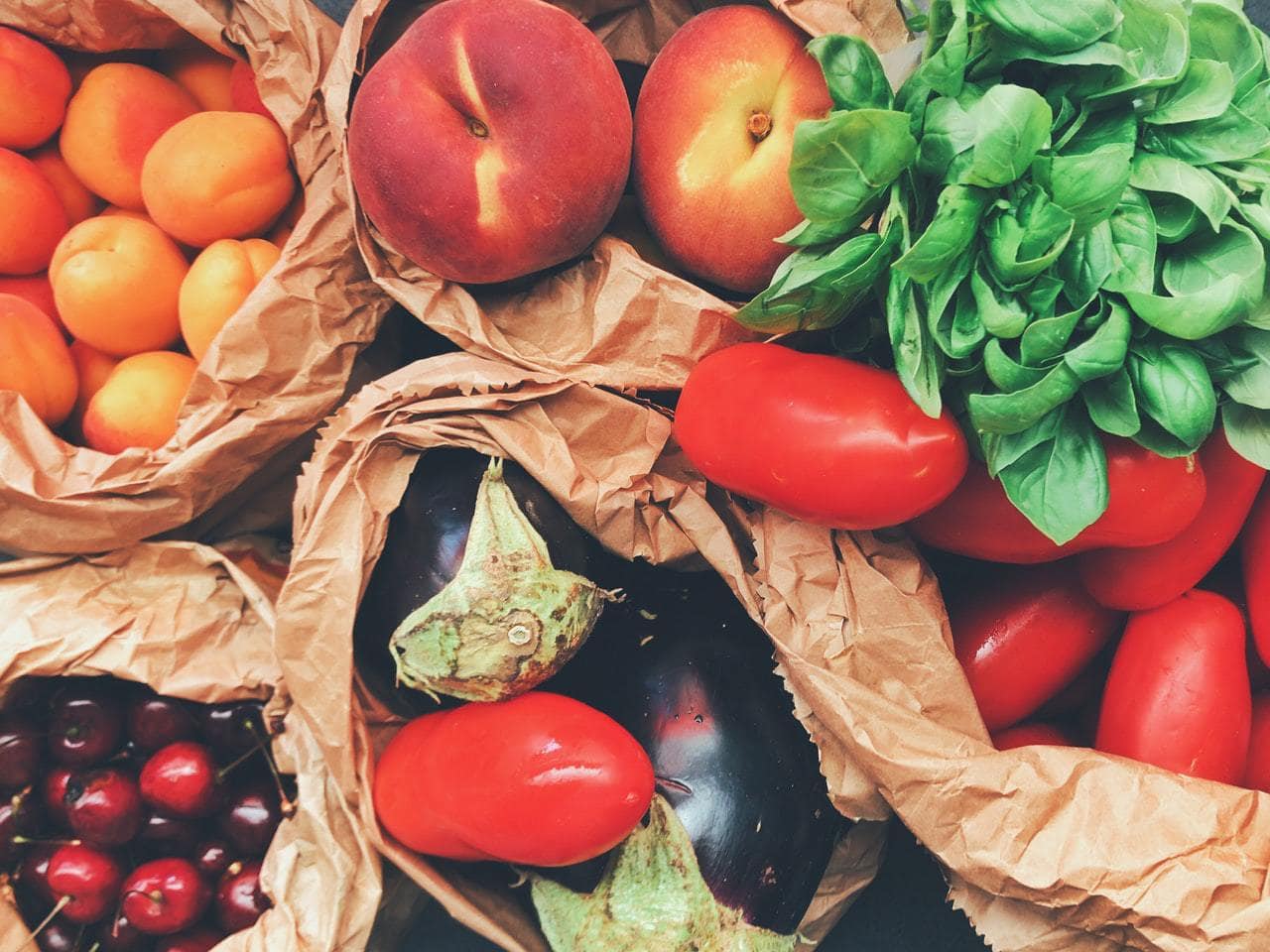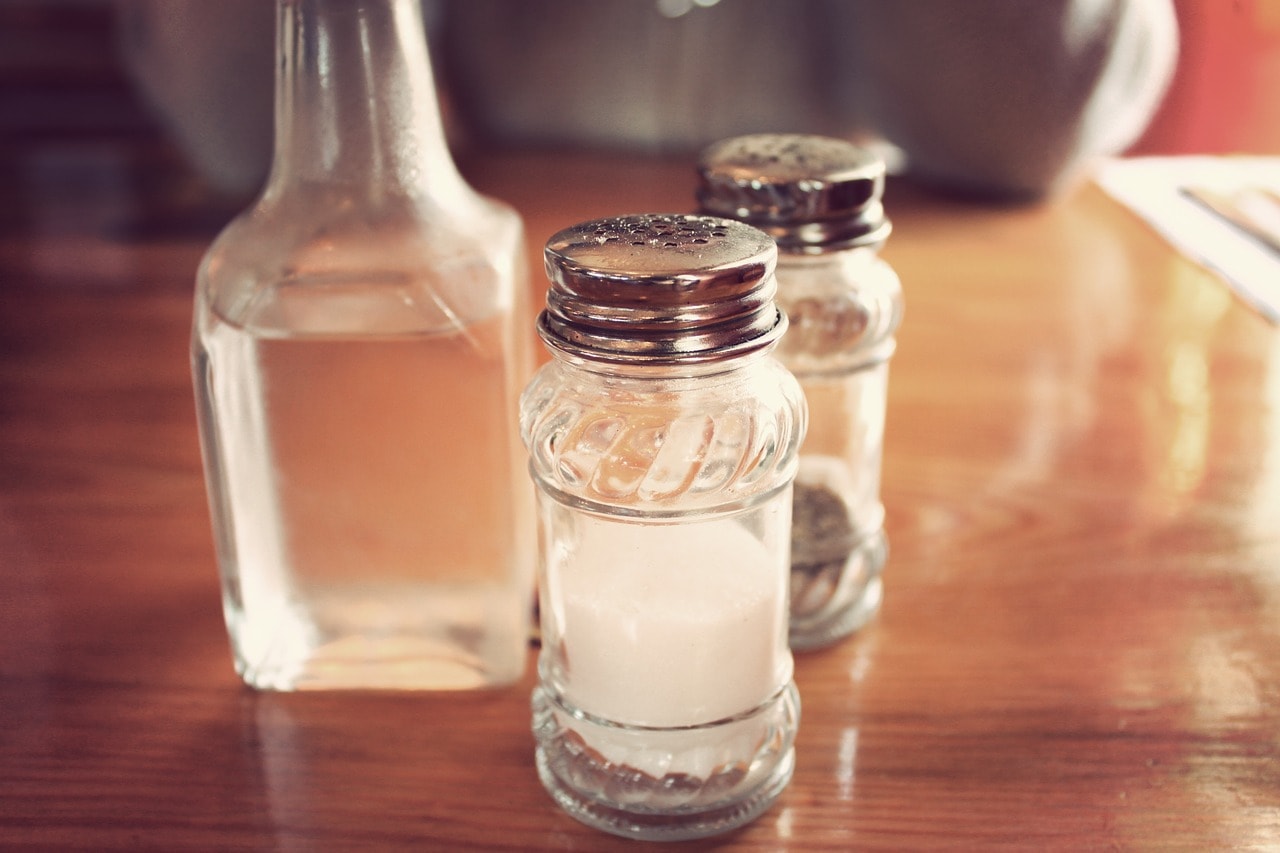Are you all about cooking? Or you live alone and can’t help but cook for yourself? Either way, cooking can leave a lot of carbon footprint if we’re not aware. So, to make your cooking time more environmentally friendly (and more efficient!), here are 10 tips just for you.
1. Get smart with oven heat

Heat is a basic part of cooking, but it also produce energy consumption. To reduce that, you should skip preheating when it’s possible. Food with 45 minutes cooking time like baked beans, lasagna, winter squash, baked potatoes and casseroles can start in cold oven. Don’t worry, part of the cooking is done as the oven heats up.
But if you’re making cookies and breads, then make sure your oven has a glass window so you won’t need to constantly open and close the oven door. This is because every time you open a hot oven, it can lose up to 10 celsius, which may extend cooking time and increase energy use.
You can also turn off your oven a few minutes before the instructed time. The oven is hot enough to cook your food. For casseroles and roasts, you can turn it off at least 15 minutes ahead the time. But remember to use meat thermometer to make sure that you’ve really cooked your meat.
2. Mind the kitchenware

Pay attention to your cooking tools as well. Did you know that teflon pans, albeit so convenient because they’re non-stick, are known for releasing toxic chemicals? And not just that, teflons are quite fragile and damage so easily, so you kinda have to replace them often.
What you can do is getting long-lasting alternatives such as cast iron or robust and heavy duty stainless steel. If you like baking, opt for glass, metal, silicon, or ceramics casserole dishes and trays.
Microwaves are real energy saver too. They use up to 80% less energy than conventional ovens, so it’s perfect if you simply want to warm your food or steam veggies. And if you want to cook faster in microwave, place your food on the outer edges of the rotating tray than in the center.
But if you can’t get microwaves, then you can also use toaster ovens. These type of oven use little energy and take less time to heat up. So when you’re only cooking a few chicken breasts, fish, or baked potatoes, you can definitely utilize this oven.
Do you have a pressure cooker? Great, because when you compare it to stove-tops, a pressure cooker saves up to 70% energy. When you cook dried beans, whole grains, and stews in it, your they cook very quickly. Pressure cooker doesn’t only retain nutrients, the steam also intensifies flavors.
3. Be frugal

Sometimes we can’t help but be frugal, especially when it comes to saving monthly expenses and keeping the Earth green at the same time. One of the ways to do this is to run your dishwasher only when it’s full and use biodegradable, non-toxic soap. Also, air-dry your dishes instead of heat-drying it.
Another thing is to skip automatic ice-makers and water dispensers which increase your fridge’s energy use. And if you have old fridge with coils at the back, consider vacuuming them once in every 6 months. When there’s dust, your fridge works less efficiently. Leave a bit of space between your fridge and the wall so that the coils don’t work harder.
4. Conserve as much as possible

So you’ve steamed something, and there’s water left. You can use them as a part for cooking pasta. And when you’re cleaning veggies, fruit, or maybe eggs, clean them in a bowl of water instead of washing them in running water.
You can also try installing faucet aerators, which saves up to 10 liters of water per minute and still do the job very well. Moreover, if you’re shopping for kitchen appliances like dishwasher or new fridge, look for products that use up to 50% less energy without compromising performance.
(Read more: should we take less bath to conserve water?)
5. Give love to leftovers

Leftovers are great, especially for single people. You can make delicious food out of them. Say you have some turkeys left, then you can make soup, sandwiches, pasta, and salad. Got some carrots, celery, onions, and potatoes? You got yourself a tasty stock.The possibilities are endless, just don’t forget that you have some food in your fridge or it’ll go spoiled in there.
If you frequently have leftovers, it’s better to reduce them by planning ahead. It’ll simplify meal preparation and your ingredients are all used. Additionally, if you have your own garden, you can decompose your scraps to a compost pile to make fertilizer.
6. Ditch the paper

Some paper is made from recycled paper while the other is made from virgin pulp. The former is sustainable but include a lot of binding ingredients and the latter is safer but not eco-friendly. The best solution is to not use them at all and opt for alternatives.
You can use washable viscose cloths made from sustainable bamboo. They can soak up many times their weight in liquid, a lot more absorbent and durable than conventional paper towels. Consider using reusable paper (which is also made from bamboo) or napkins. But if you must use paper towel, choose the recycled materials which doesn’t contain chlorine or other toxic substances.
7. Get fresh food

So you want some popcorn, and a bag of microwave popcorn has to be processed, packaged, and delivered. Buying them in a store also produce energy if you’re using cars/motorcycles. So it’s easier and cheaper to make your own and you get to experiment with it.
Besides, when you eat more fruits and veggies than popcorn or similar type of food/snacks, it’s healthier and more eco-friendly. Environmental Defense Fund stated that if every American eats one meat-free meal per week, the carbon dioxide reduction is equal to removing more than 5 million cars from the road.
If you want to be greener, then grow your own food. Growing herbs and veggies, harvesting, and eating them on your own plate and table will make you feel good like you’ve achieved something great. Got little space? Here’s how to have a small garden.
8. Clean with natural products

You can clean your kitchen using natural, toxic-free substances like vinegar and baking soda. Vinegar kills bacteria, mould, and mildew. You can use them to clean shower heads, sinks, and kitchen appliances. (Read more about natural cleaning products here)
But of course, there are also house cleaners which are plant-based and chemical-free. An example would be Ecover. The products have the same effect as their eco-unfriendly rivals. If you want deep cleaning, you can try Ecover’s Oven and Hob cleaner.
9. Be wise with waste

Composting is a great way to properly dispose of your food. As mentioned in point #5, you can toss your scraps into a compost bin. But what do you do with them if you don’t have a garden? Well, you can always give it to gardeners (or people who have gardens) or even sell them when you have lots of it.
That said, avoid using plastic bin and use stainless-steel compost bucket instead. You can also find the ones which can hold a gallon of food scraps. If you don’t have outdoor space, find the ones that you can keep indoors without having to worry about odors.
10. Get sustainable utensils

It’s time to say bye-bye to plastic cooking tools and switch to the wooden ones. But not merely wooden, find the ones which are made from reclaimed-wood products such as the utensils made from logging scraps. Wood products are often sleek, rustic, and stylish without draining your pocket.
Heavy wooden chopping boards are also great, because they don’t spread bacterias as easily as the plastic ones and you can flip it for different purposes. Also, start to stack a lot of recycled glass cups, metal plates and bowls. Combine it with your wooden spoon and your kitchen look much nicer.
Wood is not good enough for you? Then you can choose bamboo products, especially made of the fast-growing ones. They’re just as great and they naturally reduce the growth of harmful microbes. So convenient and eco-friendly, don’t you think?
Which tips that you find most relatable to you? Let us know in the comment box below. Make sure to read our other article about making your beauty routine greener. Give this article a like if you enjoyed reading it and happy cooking!
Source(s):
http://www.besthealthmag.ca/best-you/green-living/14-ways-to-be-an-eco-friendly-cook/
https://science.howstuffworks.com/innovation/edible-innovations/10-tips-eco-friendly-cooking1.htm
https://www.architecturaldigest.com/gallery/easy-ways-to-make-your-kitchen-more-eco-friendly/all



Leave a Reply